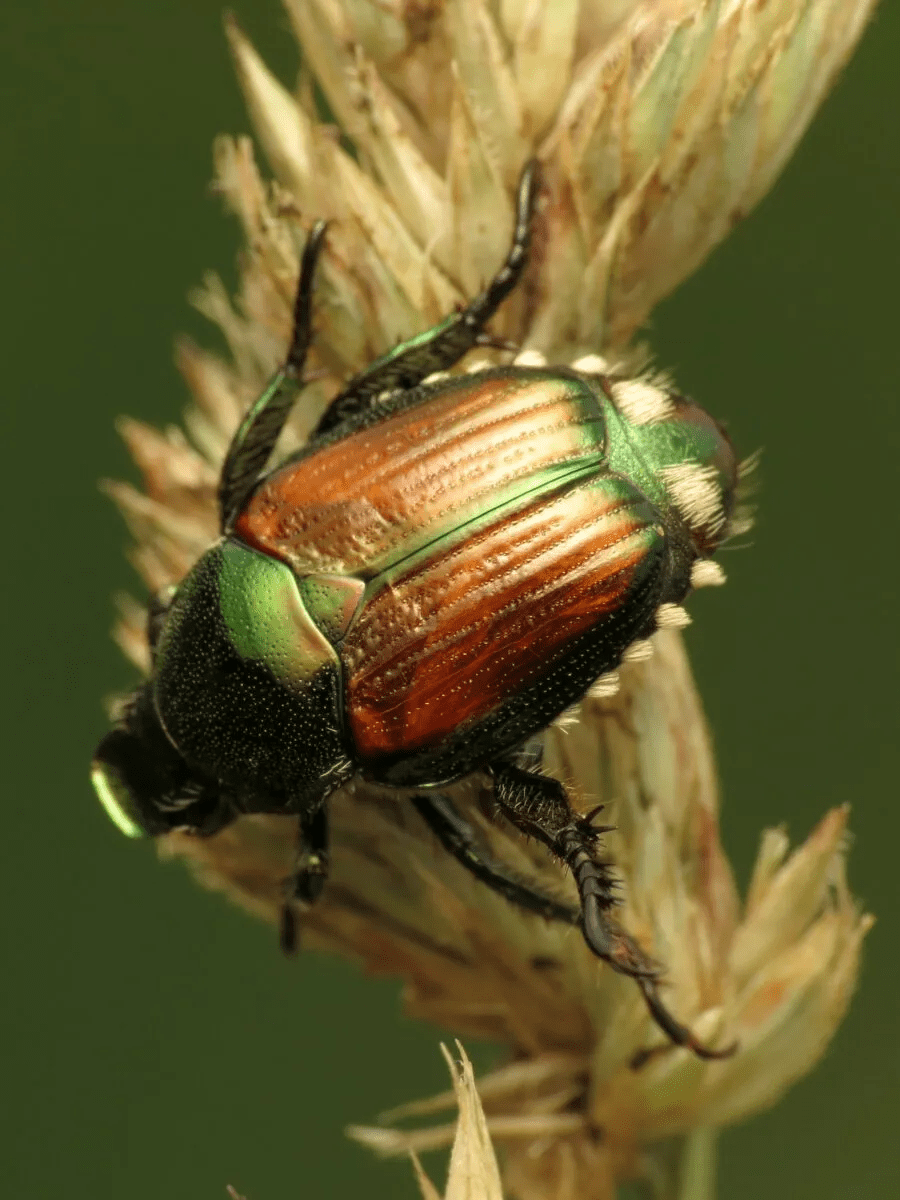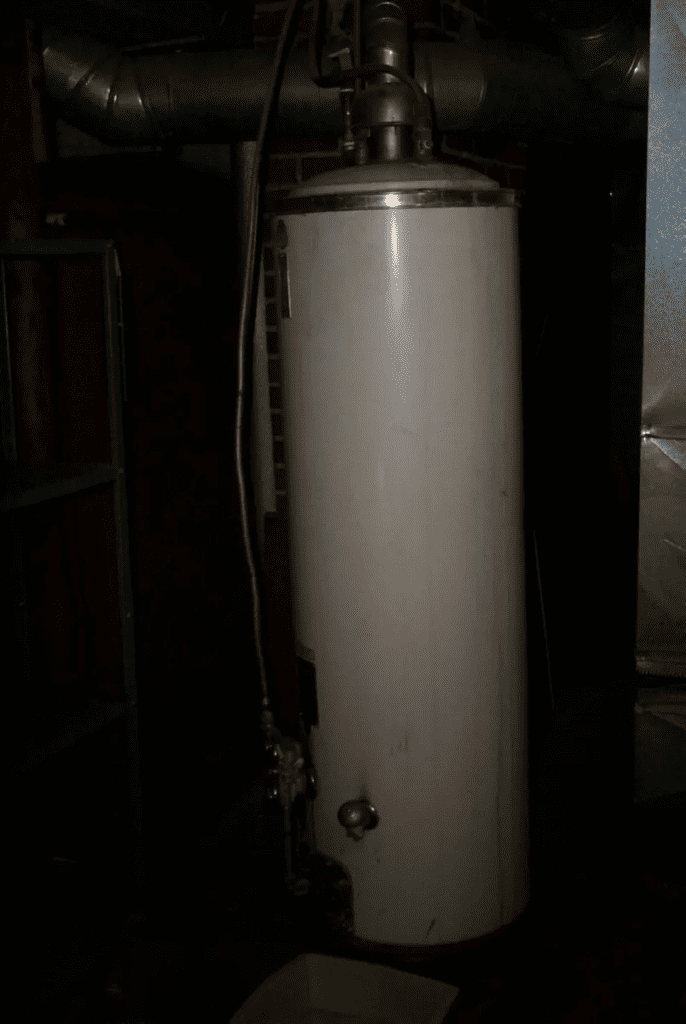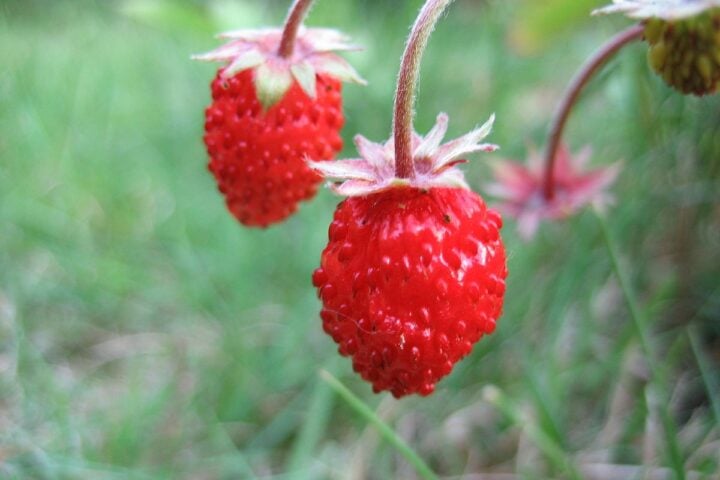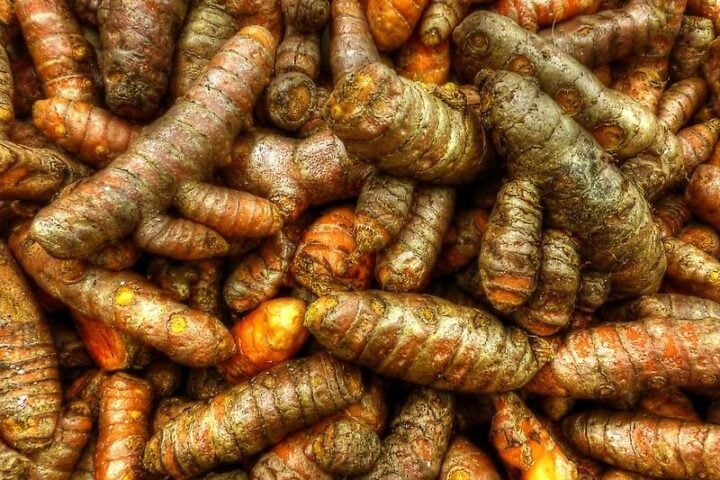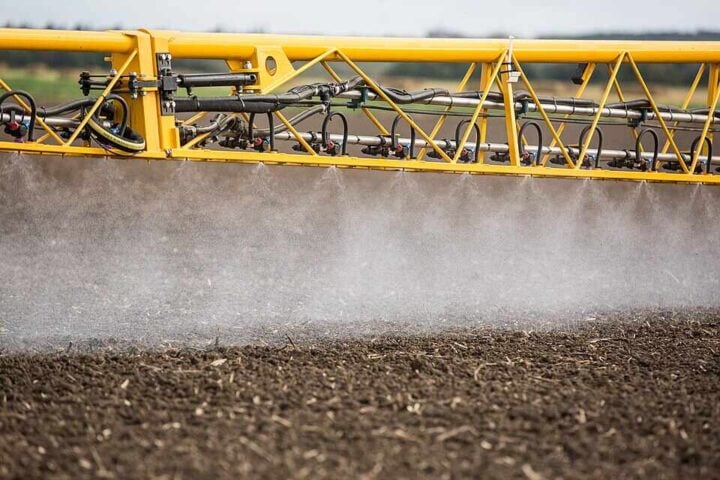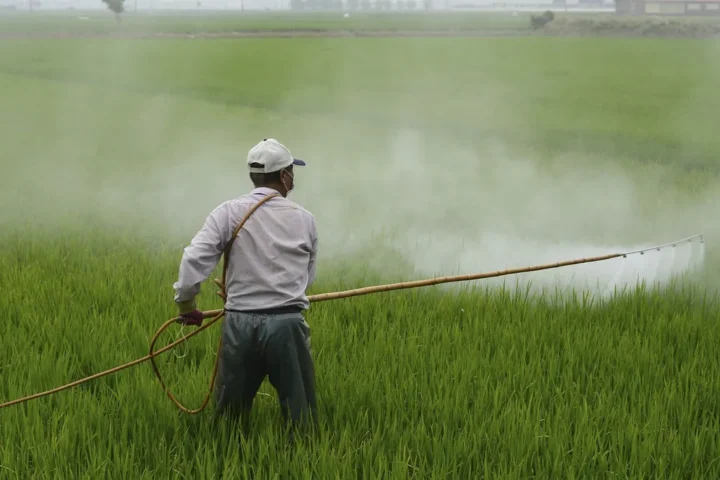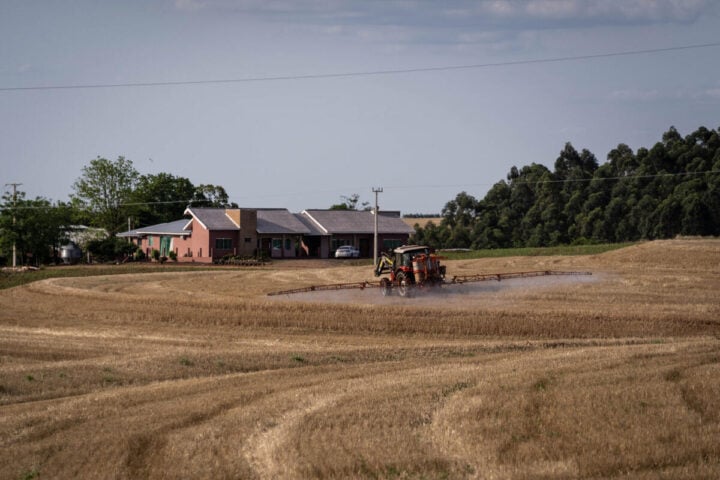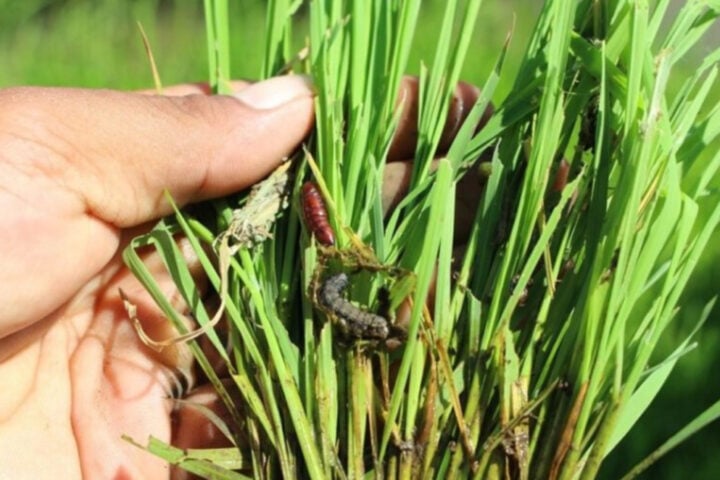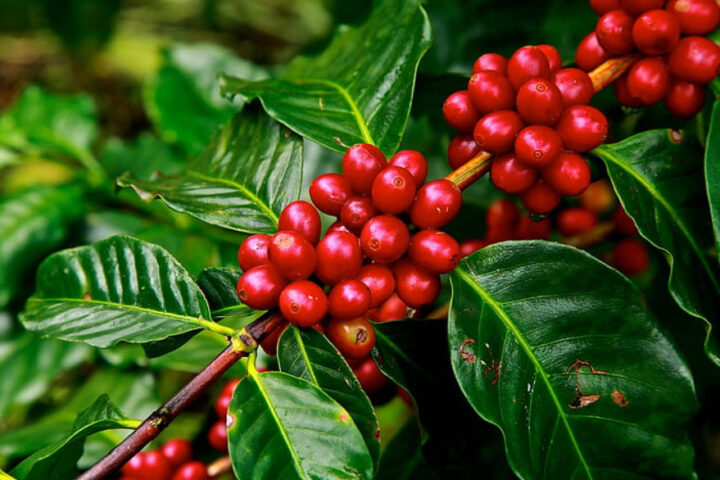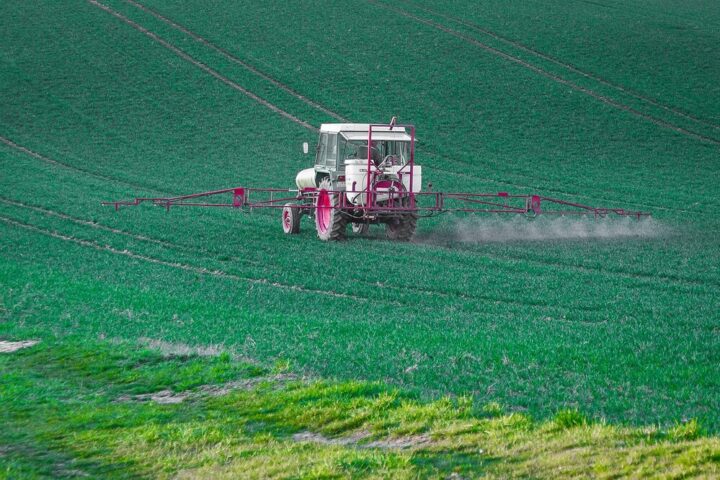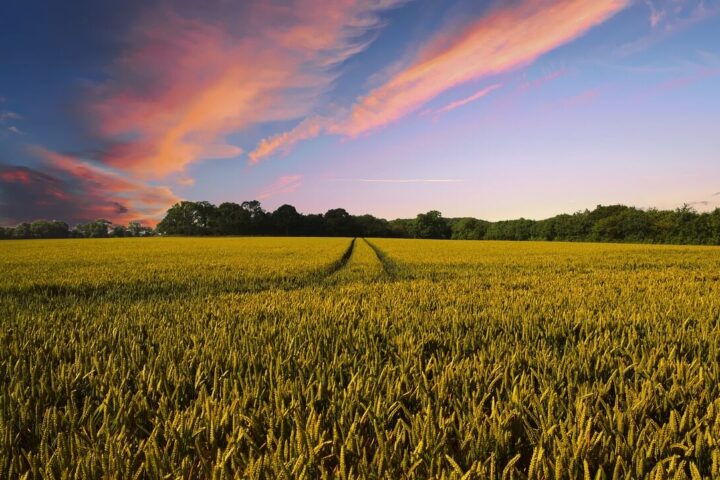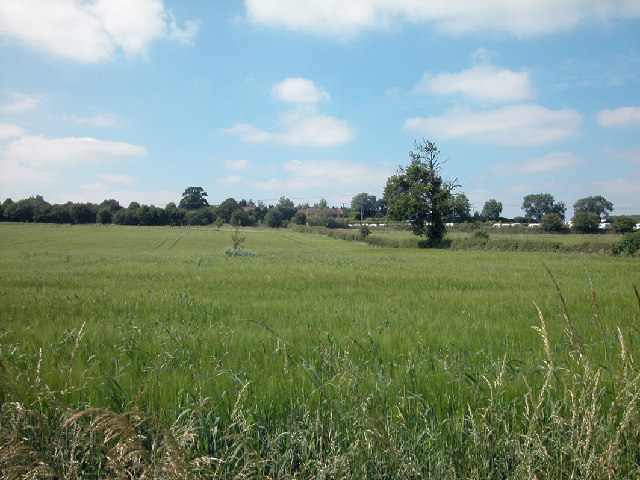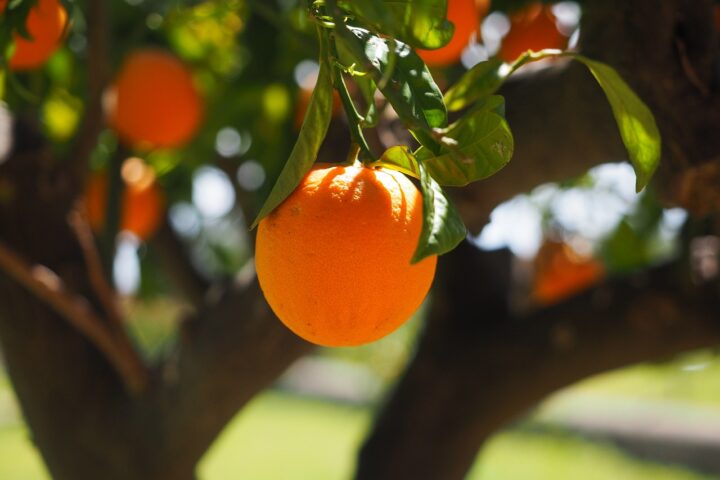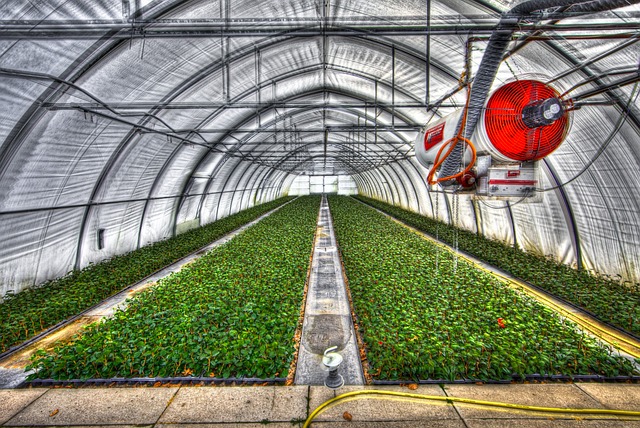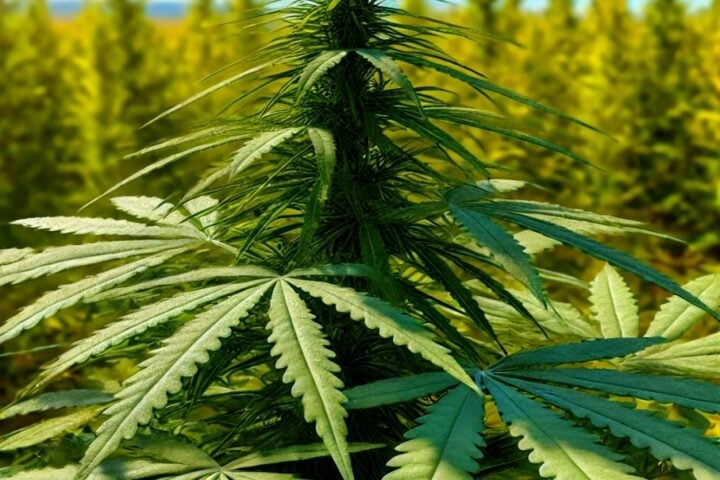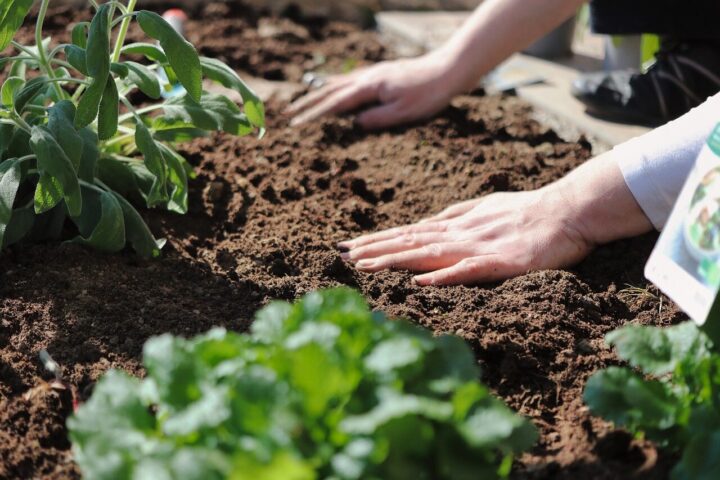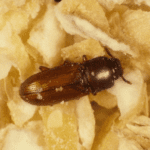A recent study has raised concerns about the potential for Japanese beetles, known for their distinctive green-and-copper coloring, to overrun Washington State within two decades without decisive intervention. The infestation is renowned for their destructive feeding habits, the beetles ‘skeletonize’ plant leaves, leaving only the veins intact. The research, published in the Journal of Economic Entomology, suggests the beetles are particularly likely to thrive in Washington’s dry, agriculture-rich southeastern region.
The Japanese beetles’ westward infest across the United States is not a recent phenomenon; it began in 1916 on the East Coast. The first beetles detected in Washington were found in a Sunnyside parking lot in 2020, marking their invasion in the western states.
Preliminary data from 2023 indicates the beetles have remained primarily in their original detection areas, except for a sighting just outside of Seattle.
David Crowder, a prominent entomologist from Washington State University, stresses the need for active, coordinated measures to curtail the spread of these pests. Just two years post their initial detection, the Washington State Department of Agriculture trapped more than 20,000 beetles in Sunnyside and Grandview, indicating a rapid population expansion.
Similar Post
The creation of quarantine zones, designed to limit the beetles‘ spread, has shown promise, especially when accompanied by stringent waste disposal and vehicle cleaning guidelines. These measures were implemented promptly by the state’s agriculture department in cooperation with federal agencies upon the beetles’ initial detection. Despite the natural barrier provided by the Cascades, the beetles infestation could still potentially reach the state’s western region, which offers suitable habitats.
Human activities often inadvertently aid the beetles‘ dispersal across regions. The beetles’ early life stages – as eggs and larvae – are easily overlooked, contributing to their unintentional spread.
Most of the beetles’ life cycle occurs underground, with the insects maturing as grubs feeding on roots and soil organic material before emerging as adults, causing plant destruction. The beetles’ presence in southeastern Washington could be partly due to the region’s abundance of their preferred crops – grapes, hops, and cherries.
WSU research assistant professor and study’s first author, Gengping Zhu, warns about the potential risk of human-assisted beetle dispersal. He suggests the fight against these invasive species necessitates active participation from both the agricultural industry and the wider public, emphasizing the importance of timely reporting of beetle sightings.
The Japanese beetle spread is part of a broader issue of invasive species, a problem expected to intensify due to climate change and increased global connectivity.
Early detection and intervention are paramount in mitigating the invasions’ impact and averting endemic problems. Public education efforts regarding Japanese beetles detection and prevention are underway, with resources accessible on the state agriculture website.
The current containment measures’ effectiveness hinges significantly on residents’ strict compliance, particularly concerning waste management and vehicle cleaning.
The WSU research team is rigorously studying the beetles’ behavior and movement to predict their potential next locations. The beetles’ future spread depends on several factors, including human activity, habitat availability, and containment strategies’ success.
While the quarantine measures appear effective so far, a single sighting outside the quarantine zone in Seattle raises concerns about potential breaches. As the threat persists, Washington stands at a critical point in its battle against the invasive Japanese beetle, with the forthcoming steps likely to determine the state’s agricultural future.
